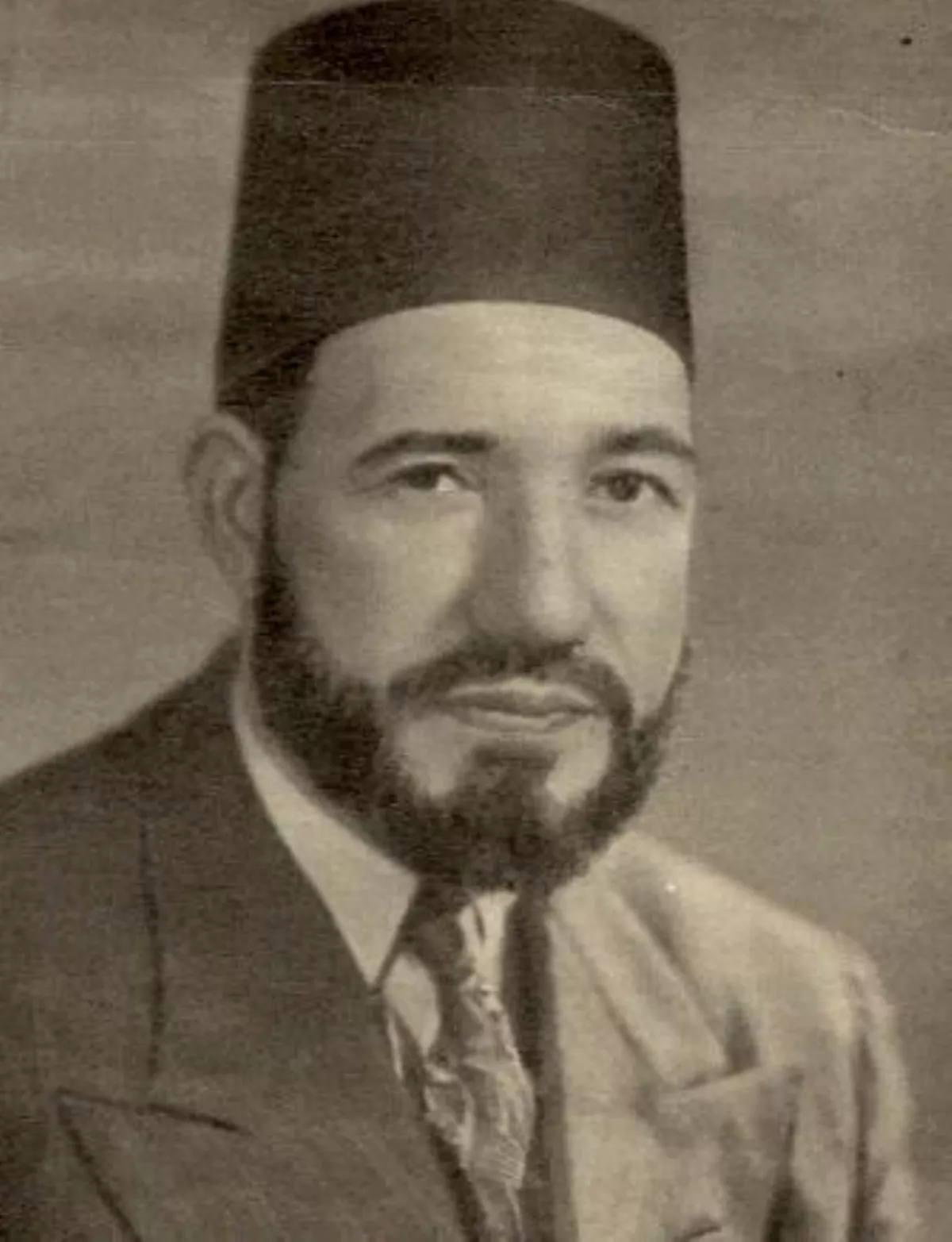 1.
1. Hassan Ahmed Abd al-Rahman Muhammed al-Banna, known as Hassan al-Banna, was an Egyptian schoolteacher and Imam, best known for founding the Muslim Brotherhood, one of the largest and most influential global Islamist movements, and for his death at the hands of the Egyptian government.